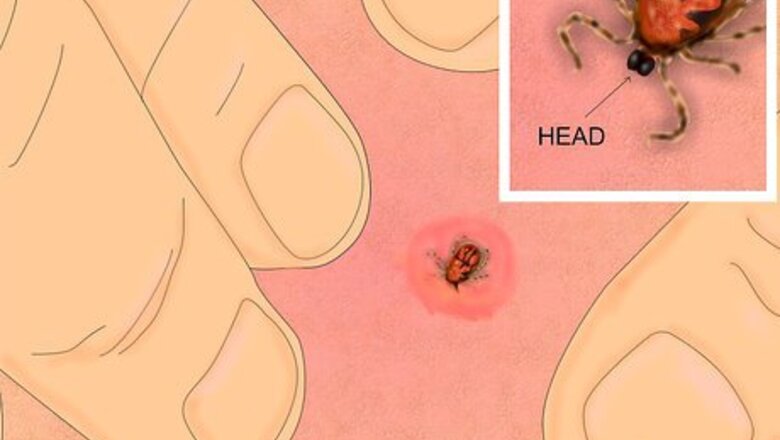
views
Using a Pair of Tweezers
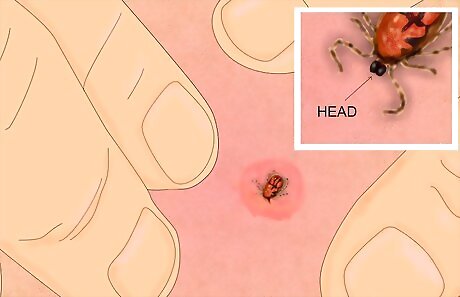
Find the head of the tick. If you look closely, you'll see its mouth attached to the skin, with the body resting behind it.
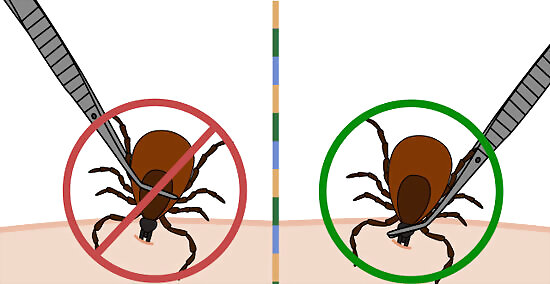
Grasp the tick as close to the skin as possible with a pair of tweezers. Use tweezers with fine tips, rather than blunt ones, to make sure you are able to grasp the tick tightly. Don't try this with your fingers. You won't be able to get a good, tight grip on the tick. Make sure you're gripping the tick's head. Get the tweezers as close to the mouth of the tick as possible. Do not grasp the tick's body. This will cause it to inject saliva or blood into your skin and increase the chances of transmitting a disease.
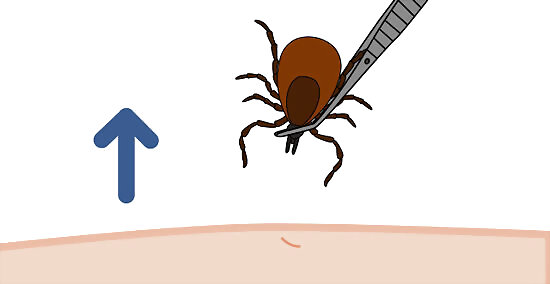
Pull firmly and steadily outward. The tick's mouth will release the skin. Do not twist, jerk or wiggle the tweezers as you pull, or the tick's mouth parts will remain attached to the skin. It's not uncommon for the skin to also pull up as the tick detaches, much like it does when you pluck a stray hair. If the mouth parts remain attached, attempt to remove them with the tweezers. If they're buried in the skin, you can simply let the skin heal, checking it from time to time to make sure it doesn't become infected.
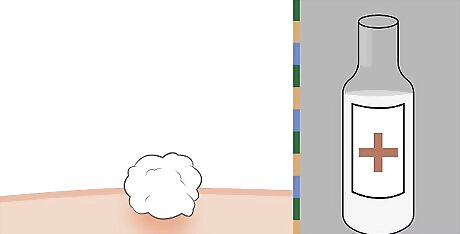
Wash with warm water and soap. You can also use rubbing alcohol, hydrogen peroxide, or iodine. Clean both the bite and your hands thoroughly.

See a doctor if you have trouble removing the tick. Some ticks are so small that they're difficult to remove using this common method. A doctor will be able to remove the tick for you.
Using a Piece of Floss

Cut a length of floss. Choose a thin, unwaxed floss, or another type of thin string. This does the trick if you don't have tweezers on hand.
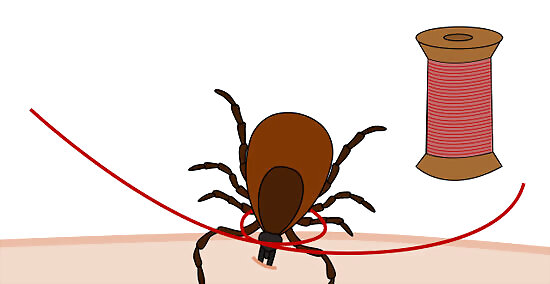
Loop the string around the tick's head. The string should lie as close to the skin as possible.
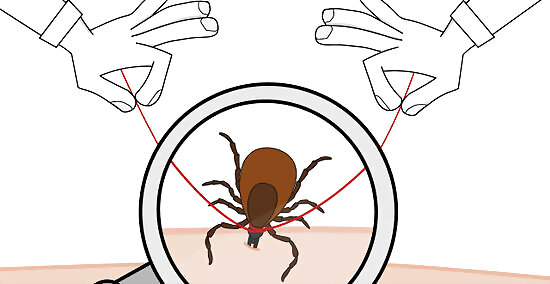
Tighten the loop around the head. Use both hands to pull the floss taut.
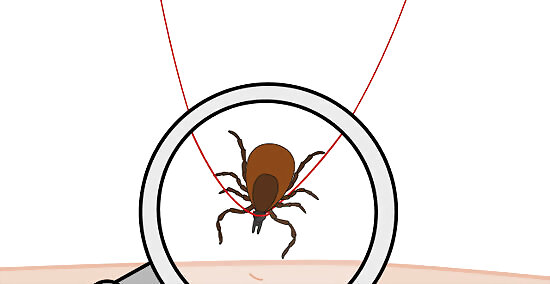
Pull the ends of the string upward in a slow, steady motion. The tick's mouth will release the skin.
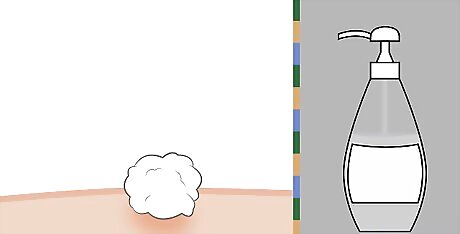
Wash with warm water and soap. Clean both the bite and your hands. Rubbing alcohol, hydrogen peroxide, or iodine can also be used to help prevent infection and the spreading of tick-borne disease.
Using a Credit Card
Cut a V-shape into the card. Using a pair of scissors, cut a small V-shape along the edge of the card. It should be large enough to grab the tick, but not so large that the tick and slip through.
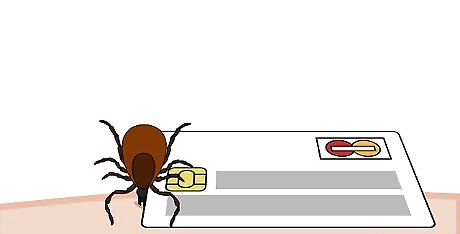
Slide a credit card next to the tick's head. Slide the credit card between your skin and the tick, aligning the V-cut with the tick's head.
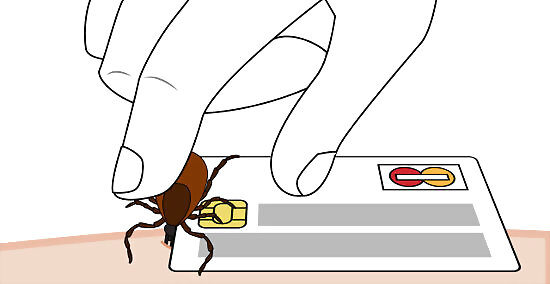
Firmly hold the back of the tick in place.
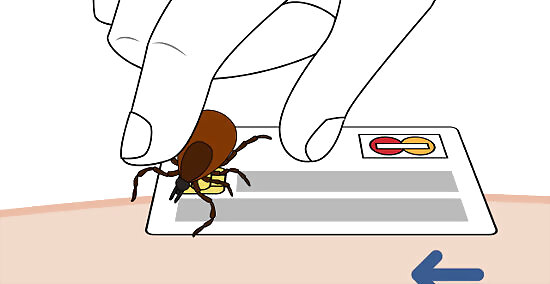
Slide the credit card along your skin and under the head. After a few tries, the tick should come out whole.
Following Up
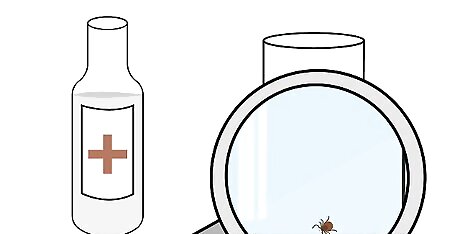
Dispose of the tick properly. The tick will probably still be alive when you remove it. You can soak it in rubbing alcohol or flush it down the toilet to prevent it from attaching itself to you or your loved ones.
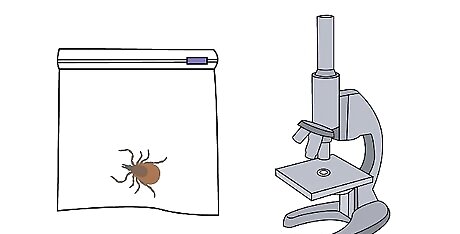
Consider saving the tick for testing. If ticks in your area are known to frequently carry Lyme disease, you might want to save the tick in case you need to get it tested. Place it in a plastic food storage bag, seal the bag, then put it in the freezer. Find a lab that does tick testing and follow instructions for properly submitting the tick.
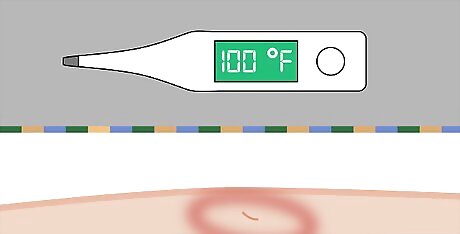
Check the wound site for symptoms. In the weeks following the tick removal, check the site for signs that you may have contracted Lyme Disease or another tick-borne illness. you'll need to tell your doctor when you noticed the tick, when you removed it, and what subsequent symptoms you notice. If you notice the following symptoms developing, see a doctor immediately: A fever and/or chills. This is a common symptom of tick-borne illnesses. Headaches and muscle aches. The tell-tale bulls-eye rash. This is a symptom of Lyme disease as well as Southern Tick-Associated Rash Illness (STARI). Red patches create a bulls-eye pattern around the site of the tick bite, so watch out for this. Any other type of rash. Rocky Mountain Spotted Fever (RMSF), also carried by ticks, can cause a rash that does not look like a bulls-eye to appear.



















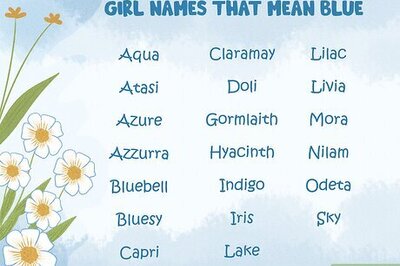
Comments
0 comment